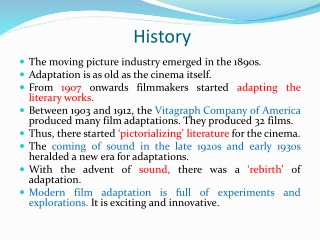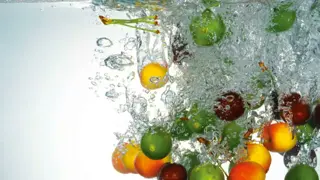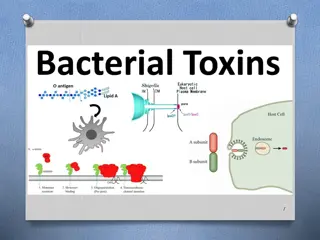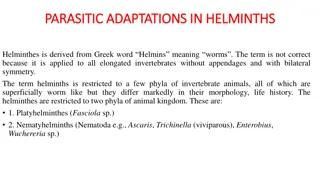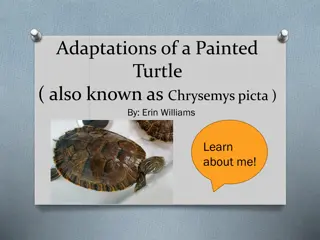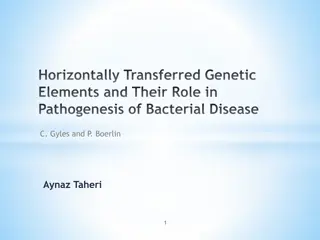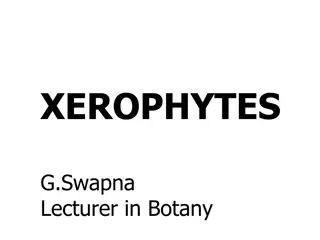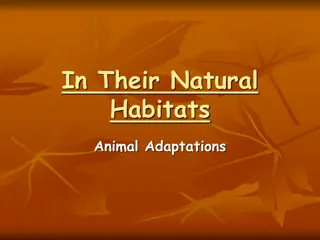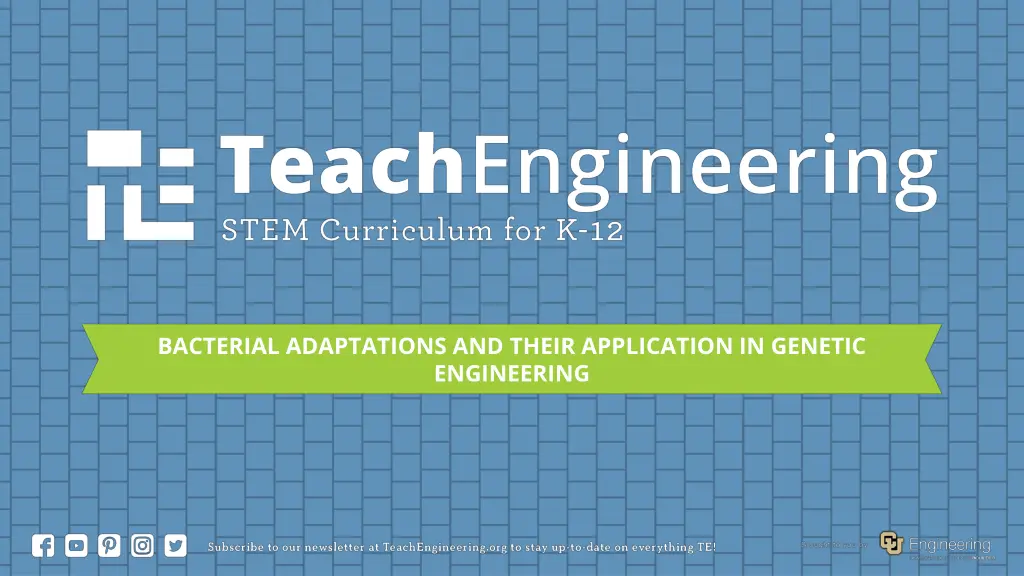
Bacterial Adaptations and Genetic Engineering Applications
Explore the realm of bacterial adaptations and their applications in genetic engineering, including the use of E. coli for transformation and the process of genetic engineering. Discover how genetic engineering produces GMOs with examples like nutrient-enriched plants and disease-resistant animals.
Download Presentation

Please find below an Image/Link to download the presentation.
The content on the website is provided AS IS for your information and personal use only. It may not be sold, licensed, or shared on other websites without obtaining consent from the author. If you encounter any issues during the download, it is possible that the publisher has removed the file from their server.
You are allowed to download the files provided on this website for personal or commercial use, subject to the condition that they are used lawfully. All files are the property of their respective owners.
The content on the website is provided AS IS for your information and personal use only. It may not be sold, licensed, or shared on other websites without obtaining consent from the author.
E N D
Presentation Transcript
BACTERIAL ADAPTATIONS AND THEIR APPLICATION IN GENETIC ENGINEERING
USING E. COLI FOR TRANSFORMATION Escherichia coli has been the microorganism of choice for many experiments for various reasons: 1. It has a very fast growth rate, making it possible to grow one generation per 20 minutes 2. It is relatively easy to grow 3. It is a very useful host for creating recombinant DNA (DNA that has been formed artificially by combining DNA from two different organisms)
GENETIC ENGINEERING Genetic engineering is the process through which genes are manipulated to purposefully change the genetic material and enhance organisms. It sometimes uses bacteria because of their plasmids. - Easy to map and modify since they are small pieces of DNA - Cells understand how to read them and follow their instructions Scientists can cut them open and insert a new gene from another organism then the bacteria can transfer its modified plasmid into another cell, carrying the new gene.
GENETIC ENGINEERING PROCESS DNA is extracted from cells and digested with a restriction enzyme DNA fragments are inserted into cloning vectors Bacterial cells are transformed with vectors
GMOs Genetic engineering produces genetically modified organisms (GMOs) which are organisms that have had their genes changed in a way that does not happen naturally. Watch this video about genetically modified foods What are your thoughts on genetically modified organisms?
GMO EXAMPLES Plants that have a higher nutritional value, can survive with less water, grow larger, or can tolerate exposure to herbicides. Glow in the dark cats that help them resist feline AIDS. Genetically engineered E. coli detect cancerous tumor in mice liver and cause their urine to change color as a warning

